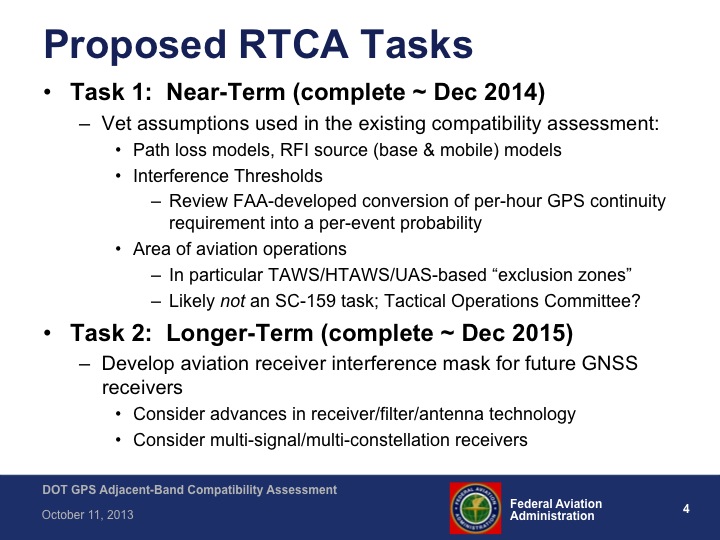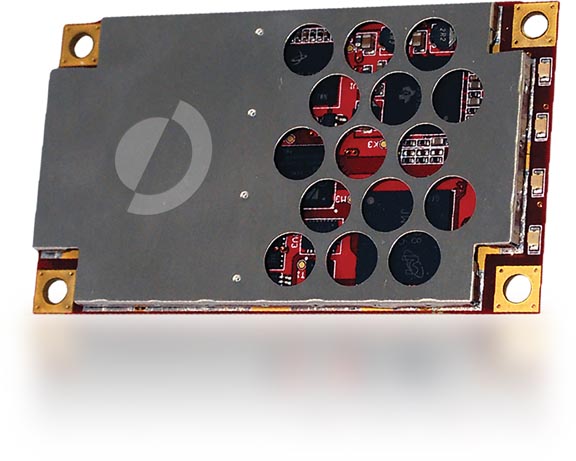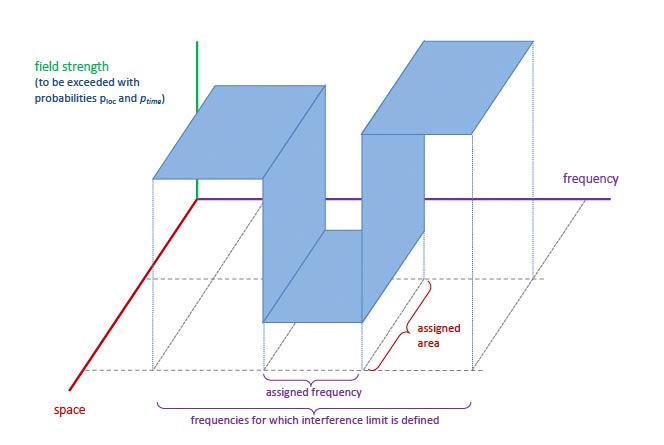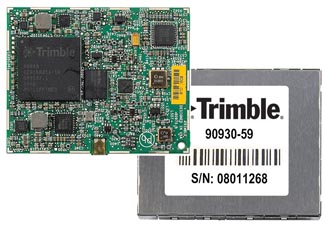GSA Releases New Report on GNSS Markets: 7 Billion Devices, $478 Billion Revenues by 2022

The European GNSS Agency (GSA) has released its third market report, which predicts an installed base of 7 billion devices worldwide by 2022 — almost one for every person on the planet.
By Inside GNSS

















